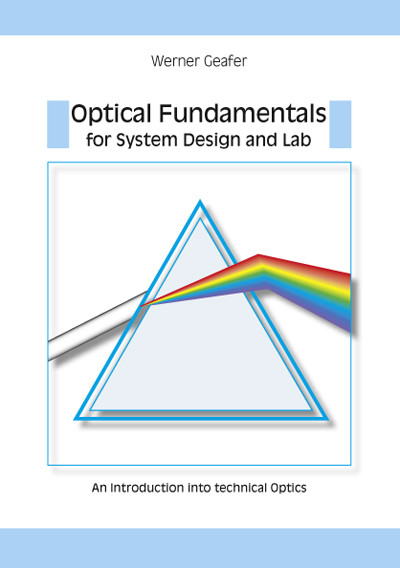
However, at this point fiber loss of these photonic crystal fibers is still too high to be attractive. Perhaps in the future hollow-core fibers can improve performance by lowering the nonlinear refractive index by about two orders of magnitude. Modern transmission fibers have effective area up to ~150 μm 2, a more than twofold improvement compared with legacy dispersion managed undersea transmission fiber. To decrease the nonlinear interaction strength fiber, manufacturers have been able to decrease the nonlinear refractive index slightly by removing dopants from the core glass and moving to PSCF types. The nonlinear interaction strength is proportional to the ratio of nonlinear refractive index and effective area. Of course, good optical engineering is always important for the design of transoceanic length systems, where limiting nonlinear penalty is paramount. Bergano, in Optical Fiber Telecommunications VII, 2020 13.1.4.4 Other nonlinearity mitigation techniques Ultralong-distance undersea transmission systems Therefore, the electromagnetic field operand takes the form: From Maxwell's equations it follows that harmonic fields in homogenous regions are completely specified if two independent field components are determined in one plane z 0 within the region.

This approach assumes linear optical systems as typical in optical engineering.


The generalization to more general radiation is often possible by suitable superposition of harmonic fields. It is common to restrict to harmonic fields. The most fundamental demand in wave-optical engineering is a wave-optical model to express the field f in homogenous regions. Optical engineering needs physical models for the field operand f, the free propagation P, and the propagation S j through elements. S j p α j models the propagation through an optical component which is specified by the parameters p α j. Sometimes the term free propagation is restricted to propagation in vacuum Here it is used more generally. This type of propagation is also called free propagation. P j( n j, Δ z j) expresses the propagation through a homogenous dielectric with refractive index n j and extent Δ z j.

F out = S ( p α ) f in = P J ( n J, Δ z J ) S J − 1 ( p α J − 1 ) ⋯ S 2 ( p α 2 ) × P 1 ( n 1, Δ z 1 ) f in


 0 kommentar(er)
0 kommentar(er)
